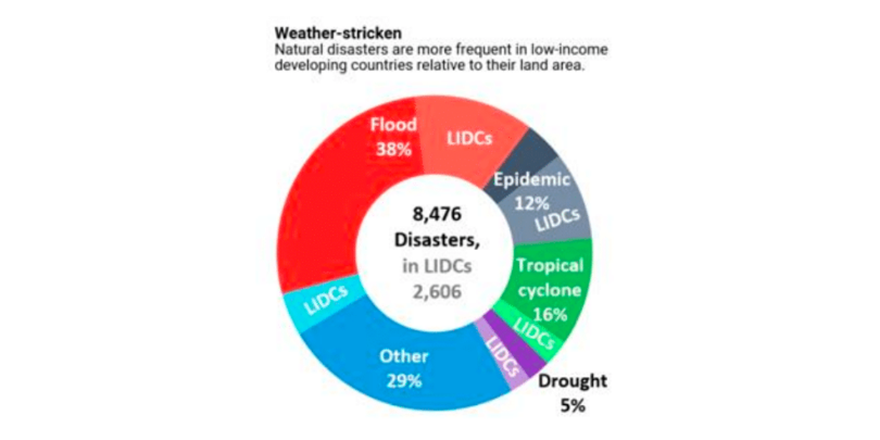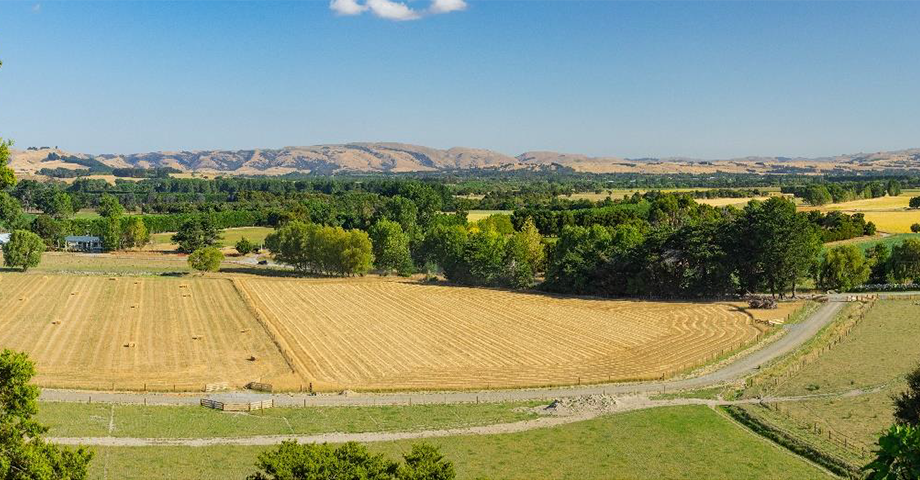
Executive Summary
Severe storms and flooding are occurring in New Zealand more with more impact to our people and environment. How prepared for an Emergency is critical to how an event impacts your business is significant to a profitable farming system. Methods used for this report is a comprehensive analysis into regional emergency response giving the understanding of the complexity’s involved in levels of response, process behind declaration of local state of emergencies, structure and roles of decision makers. Analysis also looked at industry bodies recommendations giving this report trends of common themes in response plans.
Research into the regional response system highlighting structure and roles within community’s emergency response such as the (CIMS) model to build a robust business plan show that with reoccurring weather events Household emergency plans, Personal workplace emergency plans and thorough reviewing the plans with staff and updating getaway survival kits is key to being prepared in your household and your business.
With research that extreme weather events are becoming much more common not only in New Zealand but across the world, between 1990 and 2014 there were more than 8,000 weather related disasters with floods, hurricanes and epidemics being the most common. (IMF Blog insights and analysis on economic and finance- climate change) shows 25 years of research proves 38% of natural disasters are severe floods with 16% Tropical cyclones.
Declaring state of local emergencies is made up of a number of Authorities or Mayor and Local Councillor. A state of Emergency is declared when the special powers within the Civil Defence Emergency Management (CDEM) Act 2002 are required to coordinate the emergency. The special powers can only be used if the event meets the definition of an emergency as defined in the Act. The CDEM defines an emergency situation where flooding, storms, tornados earthquakes and many other natural disasters. Also where there is significant risk to injury or life or in any way endangers the safety of the public or property in New Zealand.
There are five levels of response with level one being a local incident or response activities dealt with by an emergency service, Local Authority or other responsible organisation without the activation of an EOC (Emergency Operations Centre).
Level 5 being National Coordination with a regional level response being activated to direct, coordinate and support incidents with regional or national implications at the National Crisis Management Centre (NCMC).
Analysis of industry recommendations has picked up the trend of three key areas Preparation, Response, Recovery. Under the Health and Safety in Employment Act, businesses have an obligation to be prepared for an emergency. Workplace Emergency Plans which includes communicating my get home plan, work get home group, my get home plan, personal and family information are a successful way to prepare your teams and need to be communicated frequently so all staff understand what the plan is when preparing for a storm or flooding.
Safety of stock is protecting a significant asset to your property when preparing for weather event some common trends through analysis have been stock on highest ground, shelter is extremely important as stock lose body temperature when wet, access to fresh stock water.
Response during a severe storm of flood it is highly recommended by industry bodies and Civil Defence to listen to your local radio stations as emergency management officials will be broadcasting advice for your community and situation. Filling bathtubs, sinks and storage containers with clean water in case water becomes contaminated, consider using sandbags to keep water away from your home, ensuring you and your staff have household emergency plans in place, do not attempt to drive or walk through floodwaters unless it is absolutely essential.
Recovery from a severe storm or flood can be a significant job. Making sure family, staff and neighbours are all ok is priority. Checking and securing stock with fresh stock water and report any power or phone faults. If power is out, look for trees over lines, fallen poles. Treat all lines as live. Check farmbuildings and infrastructure including roads and races.
Research suggests long term mitigation strategies on your property such as strategic planting of willows or poplars, having adequate supplementary feed on hand, having all pumps above flood levels, having an older styled telephone that doesn’t require power, having a car charger if you have a cell phone, having stock in good condition as healthier stock are more resilient which gives you more management options during difficult times, reviewing your insurance cover regularly, is it economical to buy a generator? Potentially in partnership with one or two neighbours.
So how Prepared is your Business?




